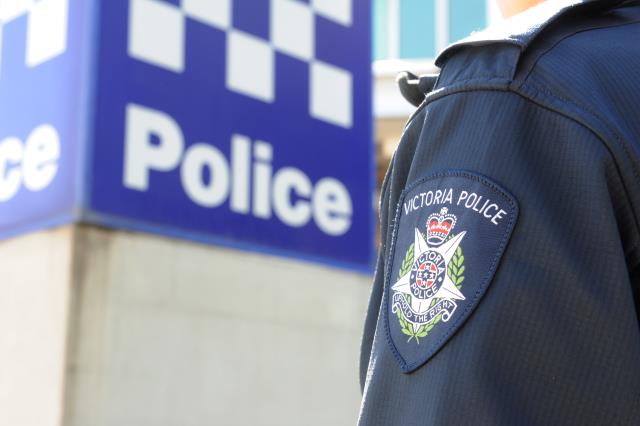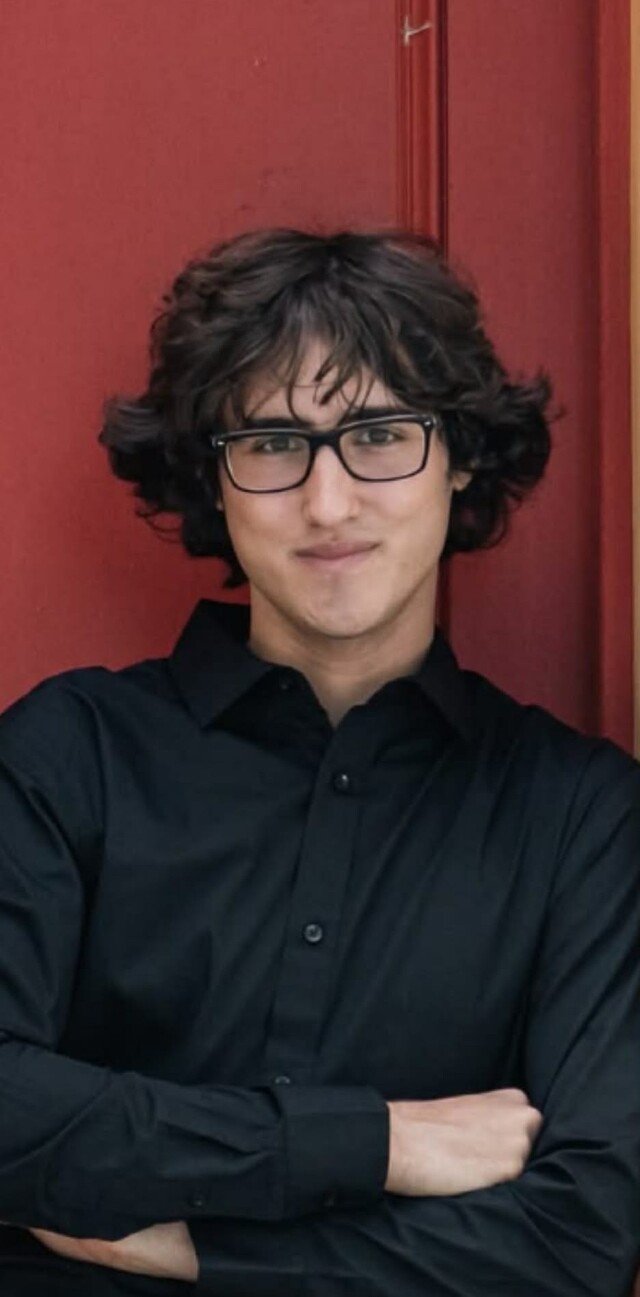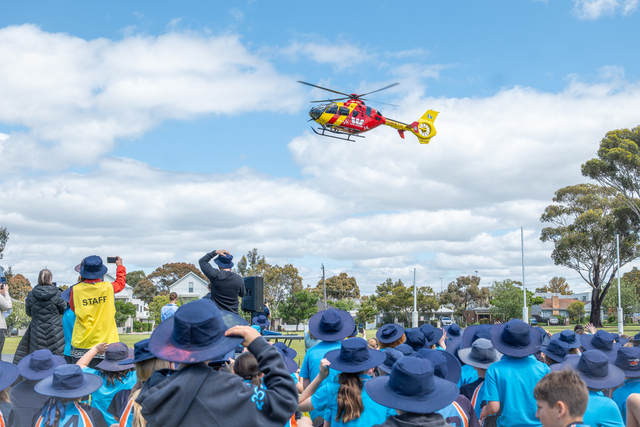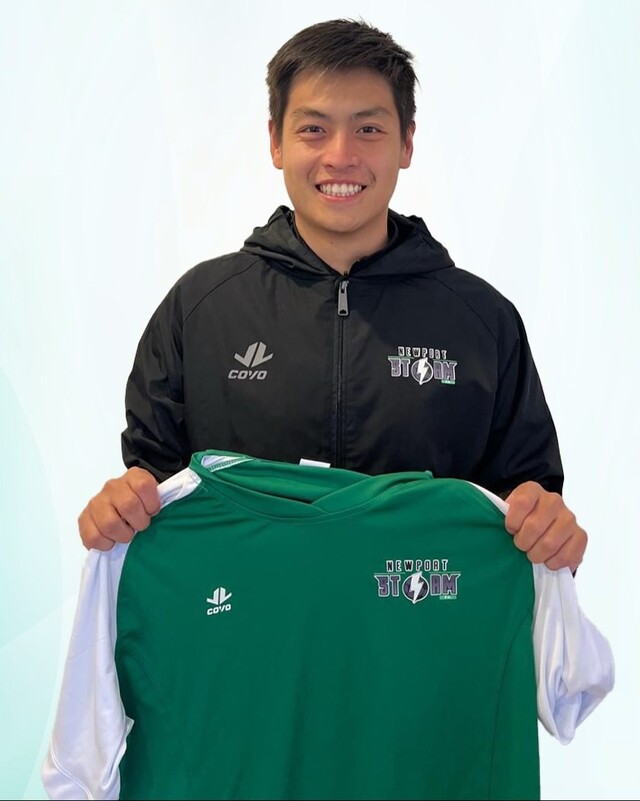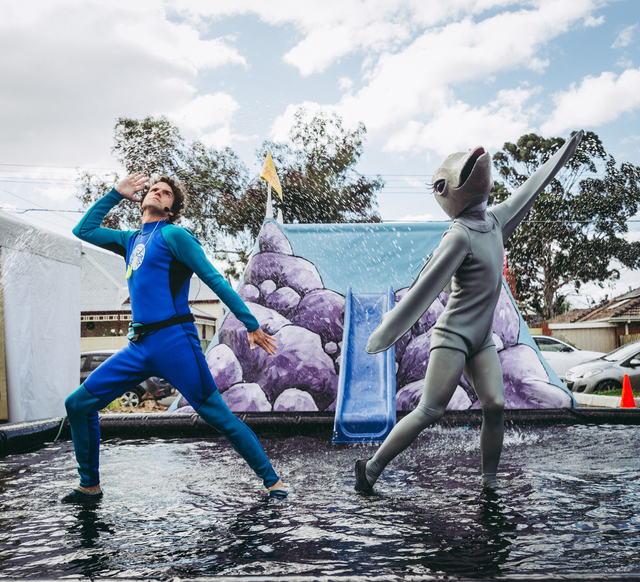As Maribyrnong and Hobsons Bay residents approach the warmer months and nicer weather, it’s important they must remember the importance of sun safety. With one of the highest rates of skin cancer in the world, around 2000 Australians die each year from what is often a very preventable disease.
The sun produces three types of energy: visible light (which we see as sunlight), infrared radiation (which we feel as heat) and ultraviolet or UV radiation (which we cannot see or feel).
Skin cancer occurs when skin cells become damaged, often by overexposure to UV rays from the sun. Even on cool or overcast days, the UV index may be high and can cause damage to your skin. It’s important to take precautions and protect yourself from the sun when the UV level is three or above.
There are three main types of skin cancer: basal cell carcinoma and squamous cell carcinoma, both known as keratinocyte cancers, and melanoma. Keratinocyte cancers are much more common in men, with almost double the amount of incidence in men compared to women.
The risk of developing skin cancer increases as we age. Exacerbating circumstances include being sunburnt, tanning or using solariums. These all contribute to damage to skin cells and can be extremely dangerous.
Sun exposure that doesn’t result in a burn can still damage your skin and increase your risk of developing skin cancer. If skin is darkening in the sun, it is a sign of skin cells in trauma, even in the absence of redness or peeling. In Australia, one in eight adults and one in five teens are sunburnt on an average summer weekend.
Unless your skin is naturally darker, suntans indicate that your skin has been damaged by UV radiation, which will lead to wrinkles, loss of skin elasticity, sagging and discoloration. Despite this, people with naturally darker skin are certainly also susceptible to developing skin cancer, however it is true that some people may be more vulnerable to damage from the sun. If you have freckles, light coloured hair or fair skin, you should be extra wary of protecting yourself.
It’s important to check your skin regularly for any changes. Become familiar with any freckles or moles you may already have, and keep an eye out for any changes or new spots. Any crusty spots that bleed or don’t heal, new spots, freckles or moles that change in colour, shape or thickness over a period, and any small lumps that you weren’t originally aware of are all extremely important to look for.
If you notice any changes to your skin, make an appointment with your GP or dermatologist, who can assess and treat it if required. Your GP or dermatologist can also conduct checks for you, as well as a variety of other services.
The sooner a skin cancer is identified, the sooner it can be treated and better your chance of recovery and even survival. If detected early, most skin cancers are successfully treated.
UV radiation levels are usually at their highest in the middle of the day, so be extra cautious if outside. Most Australians will get enough vitamin D from just a few minutes of sun exposure when the UV index is three or above, so there is little need for concern about deficiency.
There are a variety of ways to ensure you are protected from too much sun exposure.
When the UV index is at a level of 3 or above, the Cancer Council recommends a combination of sun protection measures.
Slip on some sun-protective clothing that covers as much of your skin as possible.
Slop on a broad-spectrum, water-resistant sunscreen of at least SPF30, ensuring you apply 20 minutes before sun exposure and reapply every two hours thereafter.
Slap on a hat – preferably one that protects your neck, ears, face and head.
Seek shade when the sun is out. When protected by other measures, some sun exposure is acceptable, but extended time even when protected can still do damage.
Slide on some sunglasses – Australian standards for eye protection suggests you should choose a pair of sunglasses that are category two or higher.
The Cancer Council recommends a pump bottle or tube of sunscreen as opposed to aerosol sunscreens as aerosols are difficult to apply correctly.
Download the SunSmart app for iOS or Android to keep track of UV levels and sun protection tips.
For more information and tips on preventing excessive sun exposure, visit www.cancer.org.au.



